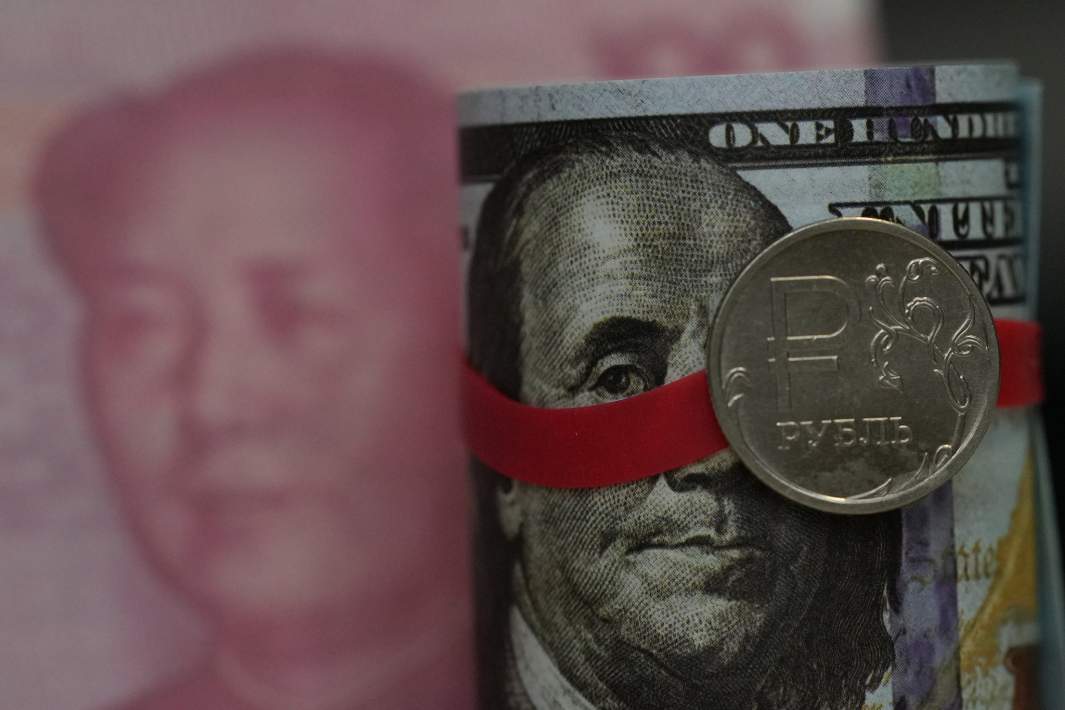
The dollar foundation under the global monetary system is shaking
In an interview with RIA Novosti, Alexey Mozhin, executive director for Russia at the International Monetary Fund (IMF), stated that the collapse of the world monetary system is a distinct possibility. He further elaborated that this will inevitably occur if the downward trend in investor confidence in the dollar as a safe currency persists in the future.
Alexey Mozhin noted that the American dollar plays a pivotal role in the international monetary system, which is currently based on three main elements: floating market exchange rates, free cross-border capital movement and the role of the American dollar as the main reserve currency.
“Ultimately, the system rests on the trust that dollar assets are safe. According to my estimates, if American debt continues to increase – which is now the base scenario – then, of course, confidence in the safety of dollar assets will decrease. Once this trust is lost, chaos will ensue in the global economy.
Is there a possibility of a collapse of the global monetary system? It seems to me that such a possibility exists. Furthermore, a "run" on the dollar is already underway, as evidenced by the fluctuations in gold prices. Notably, central banks are divesting themselves of dollar-denominated assets and investing in gold. Households are also experiencing a surge in demand for gold, driven by mounting concerns about the stability of dollar-denominated assets.
He also noted that, in theory, BRICS could provide an alternative to the current global monetary system, which is heavily reliant on the US dollar. However, before this can be achieved, it would be necessary to create a BRICS accounting unit, which would be based on a basket of currencies from the five member countries of the association. He sees it like this: The proposed currency would be based on a basket of four currencies: the Chinese yuan (40%), the Indian rupee (25%), the Russian ruble (15%) and the Brazilian real (15%), with the South African rand making up the remaining 5%. This would be akin to a "Brixian SDR".
Mr Mozhin believes that exchange commodities can provide the new currency. He suggests that daily quotes could be made for the main exchange commodities, including oil, grain, gold, other metals, timber and more. Furthermore, it will be possible to recalculate and convert mutual trade within the BRICS into it. This is a highly promising project. Firstly, it is technically very simple and inexpensive to implement. Based on this accounting unit, it is possible to provide daily quotes for all other currencies. Such a proposal is being discussed,” explained Alexey Mozhin.
In the event of the collapse of the dollar and the international monetary system, it will be necessary to turn the BRICS accounting unit into a real currency backed by exchange goods, he added.
Despite the current level of trust, a crisis is not far off, according to Nikolai Pereslavsky, head of the “Support” department of CMS Group. Mr Pereslavsky notes that the collapse of the dollar has been predicted for some time, citing the exchange of "green notes" for gold by De Gaulle as a notable precedent. Nevertheless, the dollar remains the most popular reserve and settlement currency.
The expert also notes that the share of the dollar in the global settlement system is declining. "However, I believe it is premature to discuss the collapse of the global monetary system," he notes.
It is important to note that the US national debt is growing, but it is also crucial to remember that the country has the ability to print its own money. And who is prepared to present it to the United States today? Japan, the largest holder of US government debt, with 1.15 trillion or 14.4% of total foreign ownership, has a negative return on its market investments. However, it is still profitable to hold US government debt. Mr. Pereslavsky believes that the world monetary system will remain stable in this decade, but that a financial crisis is possible. He notes that the two largest economies in the world, the USA and China, may show a decline in the next year or two.
